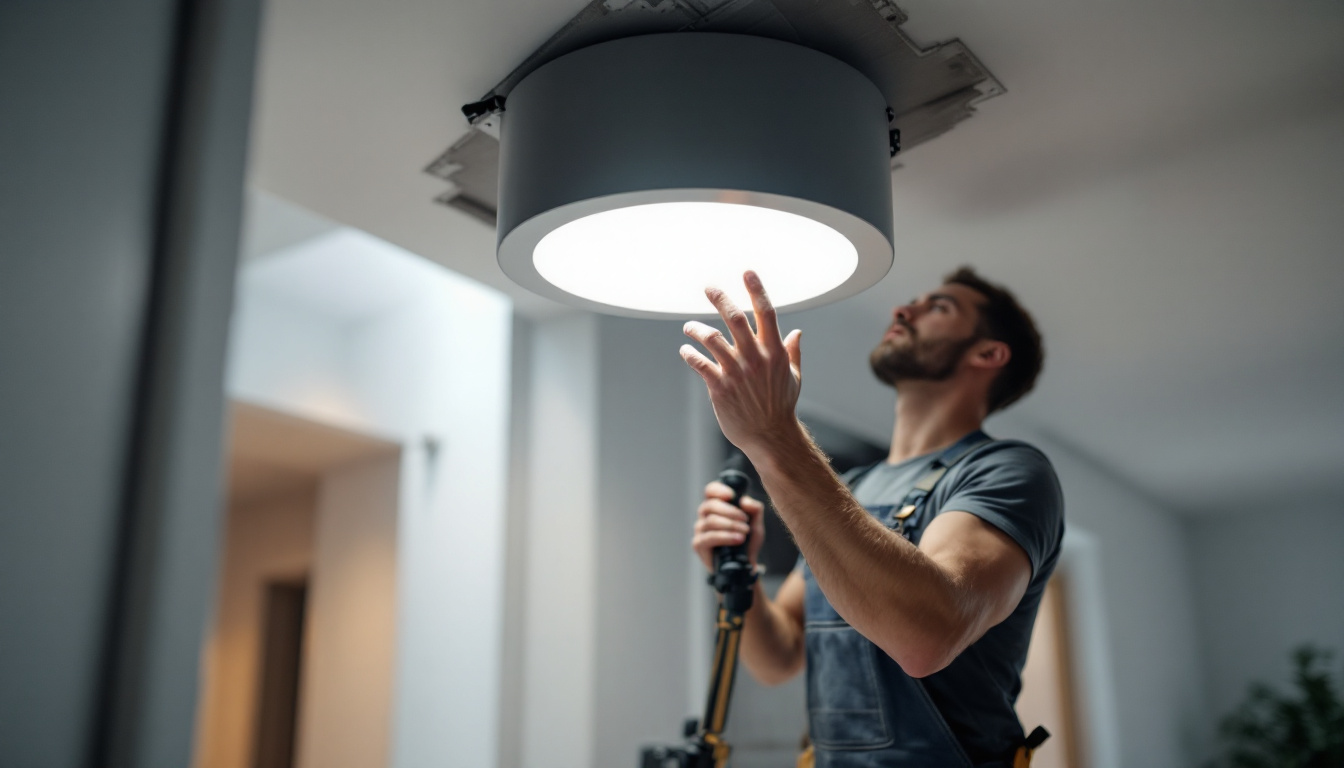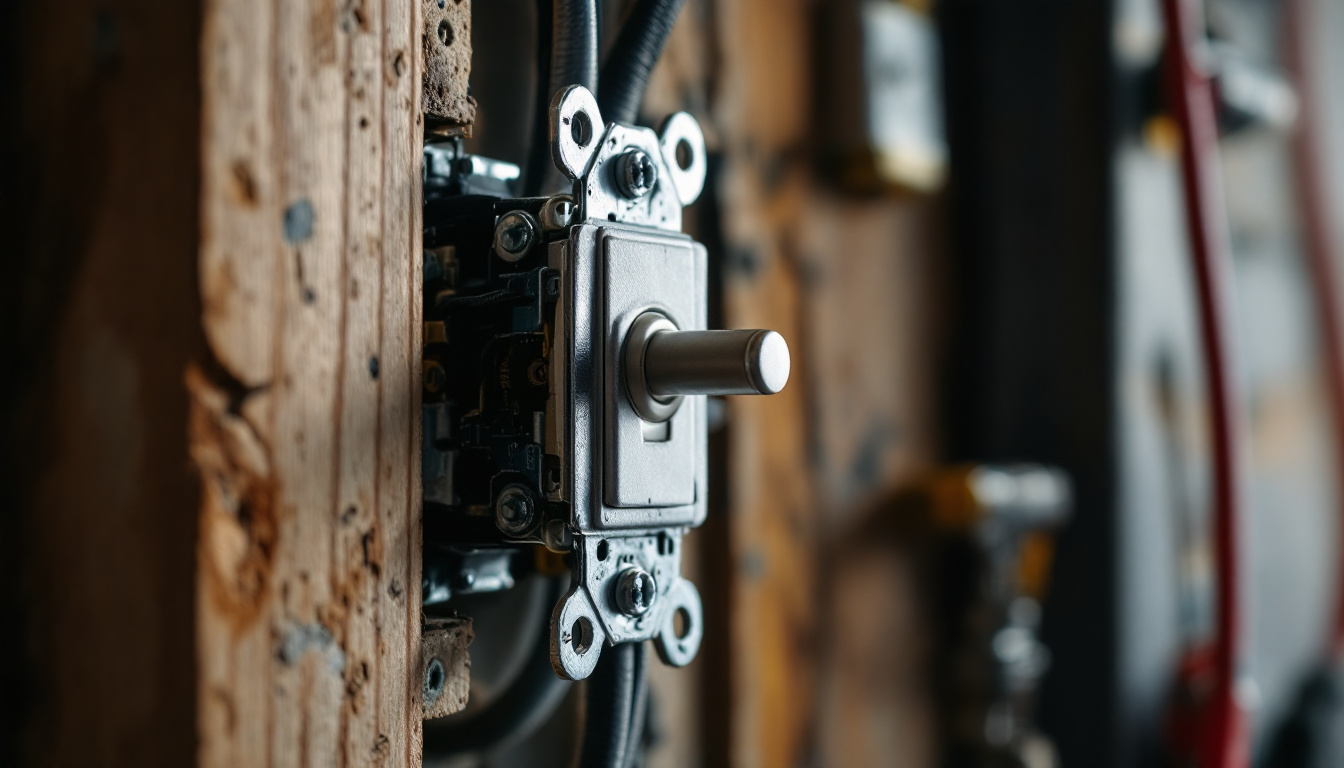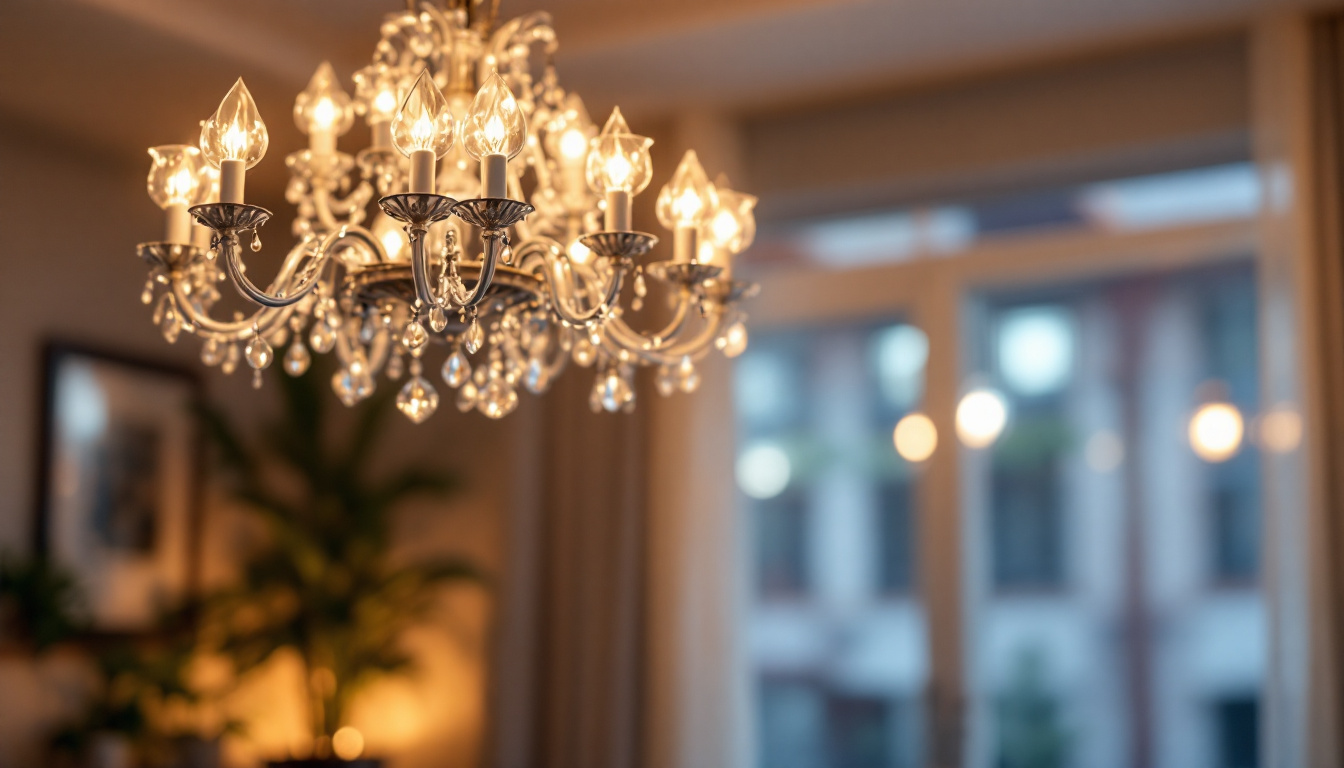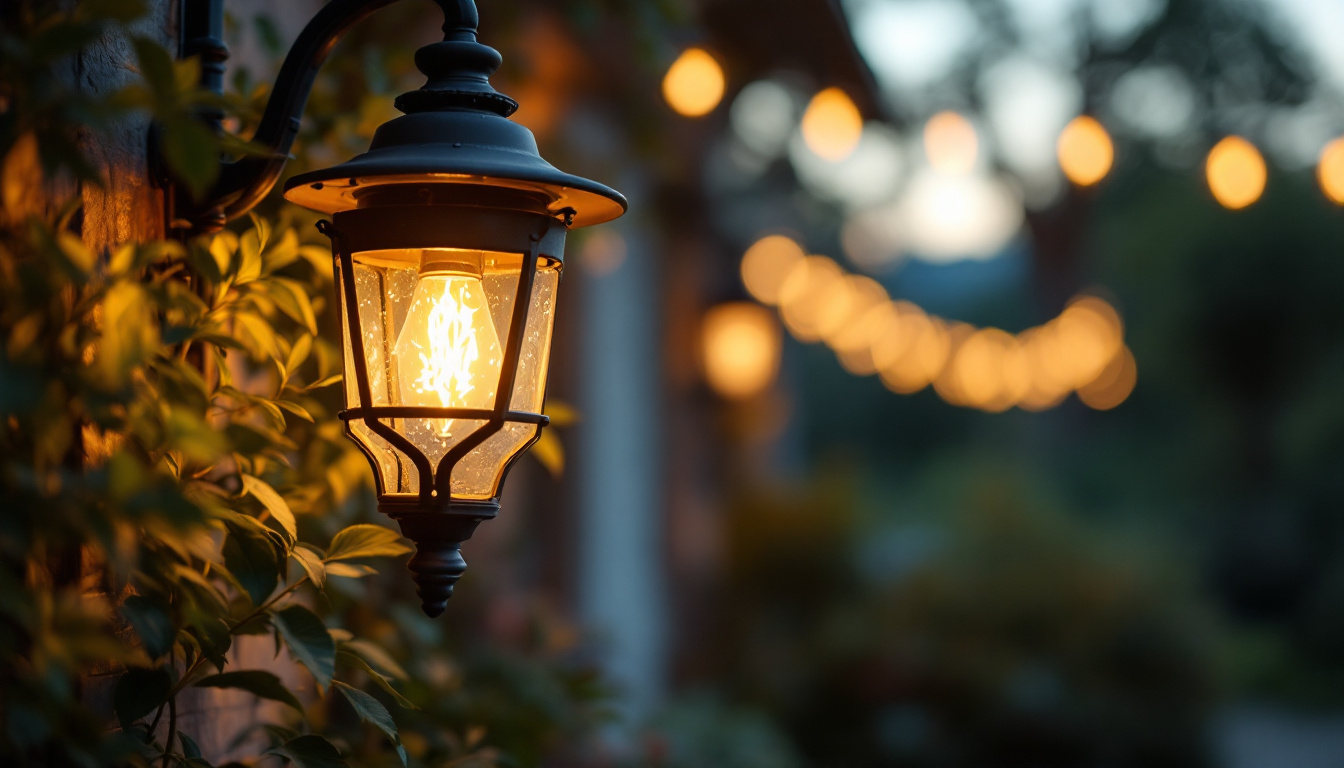
Recessed lighting has become a staple in modern design, offering a clean and unobtrusive way to illuminate spaces. However, the success of any recessed lighting installation hinges on one critical component: the housing. Understanding the nuances of recessed lighting housing can save contractors from common pitfalls and ensure a seamless installation process. This guide will delve into the essential aspects of recessed lighting housing, helping contractors navigate this often-overlooked element.
Recessed lighting housing, also known as a can or pot light, is the enclosure that holds the light fixture. It is installed above the ceiling and is typically not visible, making it an essential yet often forgotten component of the lighting system. The housing must be chosen carefully, as it affects not only the aesthetics but also the functionality and safety of the lighting installation.
There are several types of recessed lighting housings available, each designed for specific applications. The most common types include new construction, remodel, and IC (insulation contact) rated housings. Understanding these options is crucial for making informed decisions during installation.
New construction housings are designed for use in spaces where the ceiling is still being built. They are attached to framing members and provide a secure installation. Remodel housings, on the other hand, are made for existing ceilings and can be installed without accessing the attic. IC-rated housings are designed to be in direct contact with insulation, ensuring energy efficiency and safety. In addition to these, there are also low-profile housings for tight spaces and adjustable housings that allow for directional lighting, which can be particularly useful in highlighting artwork or architectural features.
When selecting recessed lighting housing, several key features must be taken into account. These include size, shape, and trim options. The size of the housing will dictate the type of bulb that can be used, while the shape can influence the overall look of the installation. Trim options can also enhance the aesthetic appeal, allowing for customization to match the décor of the space.
Additionally, consider the housing’s thermal management capabilities. Proper heat dissipation is essential to prolong the life of the bulb and maintain safety standards. Look for housings with built-in thermal protection to prevent overheating. Furthermore, the choice of materials used in the housing can impact durability and insulation properties. For instance, aluminum housings tend to be lightweight and resistant to rust, while steel housings offer more strength and stability. It’s also worth noting that some modern recessed lighting housings come equipped with smart technology, allowing for remote control and integration with home automation systems, which can add convenience and enhance the overall lighting experience.
Even experienced contractors can encounter challenges when installing recessed lighting housing. Being aware of common pitfalls can help avoid costly mistakes and ensure a successful project.
One of the most prevalent issues is selecting the wrong size housing for the intended application. Oversized housings can look awkward and disrupt the visual flow of a room, while undersized housings may not provide adequate light coverage. It’s essential to calculate the spacing and size based on the room dimensions and the desired lighting effect.
Placement is equally critical. A common mistake is installing recessed lights too close to walls or in patterns that do not enhance the room’s functionality. Proper spacing should be determined based on the beam spread of the chosen bulb and the overall design of the space. For instance, in a kitchen, lights should be strategically placed over work areas such as countertops and islands to ensure adequate illumination for food preparation. In living areas, a more ambient lighting approach might be desired, which can be achieved by spacing fixtures further apart to create a softer glow.
Electrical considerations are paramount when installing recessed lighting housing. Failing to account for the electrical load can lead to circuit overloads, tripped breakers, or even electrical fires. Contractors must ensure that the circuit can handle the total wattage of all fixtures and that proper wiring methods are used.
Additionally, it’s crucial to comply with local electrical codes. This includes using the correct gauge of wire and ensuring that all connections are secure. A thorough understanding of the electrical requirements will prevent future issues and ensure safety. Furthermore, using dimmer switches can enhance the functionality of recessed lighting, allowing homeowners to adjust brightness according to their needs. However, it’s important to select dimmers that are compatible with the type of bulbs being used, as not all dimmers work with LED or CFL bulbs, which can lead to flickering or reduced lifespan.
Another common pitfall is neglecting the relationship between recessed lighting housing and insulation. Inadequate insulation around non-IC rated housings can lead to energy loss and increased heating and cooling costs. Conversely, IC-rated housings must be installed correctly to maintain their insulation contact rating.
Airflow is also a critical consideration. Proper ventilation is necessary to prevent heat buildup, which can damage both the housing and the bulb. Ensure that there is adequate airflow around the housing to maintain optimal performance and safety. Additionally, installing airtight housings can significantly improve energy efficiency by preventing conditioned air from escaping into unconditioned spaces, thus reducing heating and cooling costs. Homeowners should also consider using LED bulbs, which emit less heat than traditional incandescent bulbs, further mitigating the risk of overheating and extending the life of the fixtures.
To avoid pitfalls and ensure a successful installation, contractors should follow best practices when working with recessed lighting housing. These practices encompass everything from planning and preparation to execution and final checks.
Before any installation begins, a detailed plan should be developed. This plan should include the layout of the recessed lights, taking into account the room’s dimensions, ceiling height, and intended use of the space. A well-thought-out layout will enhance the overall lighting effect and ensure that the fixtures are both functional and aesthetically pleasing.
Utilizing lighting design software can assist in visualizing the layout and making necessary adjustments before installation. This step can save time and reduce the likelihood of errors during the installation process. Moreover, considering the placement of furniture and other fixtures in the room can help in determining the optimal positioning of the recessed lights, ensuring that they illuminate key areas without creating harsh shadows or overly bright spots.
Investing in high-quality recessed lighting housing is essential for long-lasting performance. Cheaper options may save money upfront but can lead to issues down the line, such as overheating or premature failure. Look for reputable brands that offer warranties and have a proven track record of reliability.
Additionally, ensure that all other materials used in the installation, such as wiring and connectors, are of high quality. This attention to detail will contribute to a safer and more efficient lighting system. It’s also beneficial to consider energy-efficient options, such as LED recessed lights, which not only consume less power but also have a longer lifespan, thereby reducing maintenance costs over time.
After installation, conducting thorough checks and testing is crucial. Inspect all connections to ensure they are secure and compliant with electrical codes. Test each fixture to verify that it operates correctly and provides the desired level of illumination.
It’s also advisable to conduct a final walkthrough with the client to ensure satisfaction with the lighting design and functionality. Addressing any concerns at this stage can prevent issues later and foster a positive relationship with the client. Furthermore, providing the client with guidance on how to operate and maintain the lighting system can enhance their experience and ensure the longevity of the installation. This includes discussing dimming options, bulb replacement, and any smart lighting features that may be integrated into the system, allowing for a more customized and user-friendly lighting experience.
Recessed lighting housing plays a vital role in the overall success of a lighting installation. By understanding the various types of housings, being aware of common pitfalls, and following best practices, lighting contractors can deliver exceptional results. A well-executed recessed lighting installation not only enhances the aesthetics of a space but also contributes to its functionality and safety.
As the demand for recessed lighting continues to grow, staying informed about the latest trends and technologies will help contractors remain competitive in the industry. By prioritizing quality, planning meticulously, and executing installations with precision, contractors can ensure that their recessed lighting projects are both successful and satisfying for their clients.
Ready to elevate your lighting installations with the best recessed lighting housing on the market? Look no further than LumenWholesale, where we provide contractors with the highest quality, spec-grade lighting products at unbeatable wholesale prices. Say goodbye to local distributor markups and hello to superior lighting products that meet the highest industry standards. With LumenWholesale, you can enjoy the convenience of bulk buying with free shipping, ensuring you get premium lighting at the best value — without hidden fees or compromises. Enhance your projects with the perfect blend of quality, affordability, and convenience. Wholesale Lighting at the Best Value is just a click away.

Discover the essentials of single pole toggle switches in just 5 minutes.

Discover expert tips on optimizing chandeliers for maximum lighting efficiency.

Discover how LED working lights are revolutionizing the lighting industry by enhancing efficiency and productivity for contractors.

Discover the charm and functionality of vintage gas lights as expert lighting contractors share their insights.